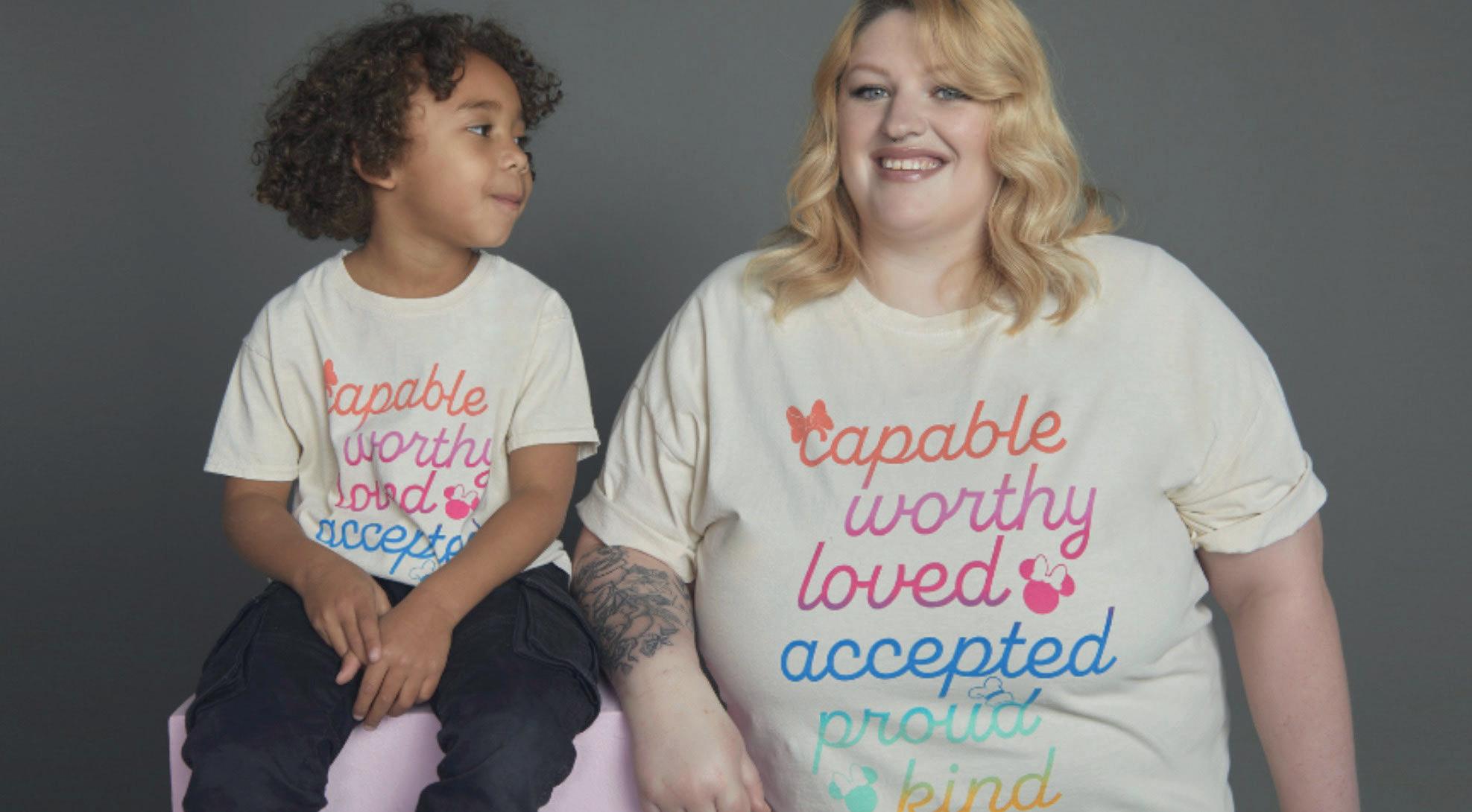
2 minute read
THE PRINCE’S TRUST – HELPING YOUNG PEOPLE START A BUSINESS
As the United Kingdom celebrates the coronation of King Charles III, we look back on the achievements of The Prince’s Trust, the organisation he founded in 1976 and particularly its enterprise programme which has helped more
What does a young man do after a successful career including commanding a coastal minehunter in the Royal Navy?
If you’re Prince Charles, determined to put his own stamp on the world and concerned to see the country struggling with record levels of unemployment, spiralling inflation, and some young people’s futures in crisis, you take the initiative.
In 1976, with his Royal Navy severance pay – all £7,400 of it – burning a hole in his pocket, he decided to fund some community initiatives. Twenty-one pilot projects were set up around the country. Grants were given to a 19-year-old woman to run a social centre on an estate in East London and for two ex-o enders to run a fishing club. Funds also hired swimming baths in Cornwall to train young lifeguards and for a self-help bicycle repair scheme.
These early initiatives were the founding projects of The Prince’s Trust.
Fast forward nearly 50 years and The Trust reports that it has helped more than a million young people to date and helps tens of thousands more across the UK each year.
In 1983, the Trust set up its enterprise programme which has since helped more than 90,000 young people between 18-30 to start their own business.
Debbie Horton, 28, from Warwickshire, overcame big challenges through taking part in The Prince's Trust Get Into Product Design course with Disney.
Diagnosed with the neurological disorder FND and lupus, for two years Debbie’s condition prevented her from working and left her unable to leave her house or socialise with others.
“I had always heard about The Prince’s Trust but decided to reach out when I found myself in a particularly dark place,” she said.
“The programme gave me an outlet, and I found creativity I never knew I even had.
My designs allowed me to speak in art form and I could express everything I had been feeling inside. Being able to get up, get dressed, have a purpose and meet new people has been amazing for me.
“As the launch for our designs were for International Women’s Day, I wanted the colours for my design to be light and bright. Because of my hidden disability the inspiration from my design came from wanting it to be inclusive and spreading positive a rmations. The Pride colours represented the inclusiveness and made the colours pop.
“The programme gave me a purpose for life. Gave me back the confidence I had lost for so long and the self-belief in my own ideas. I want to do more to be able to support The Trust and help raise funds to support other young people going through a di cult time.”









